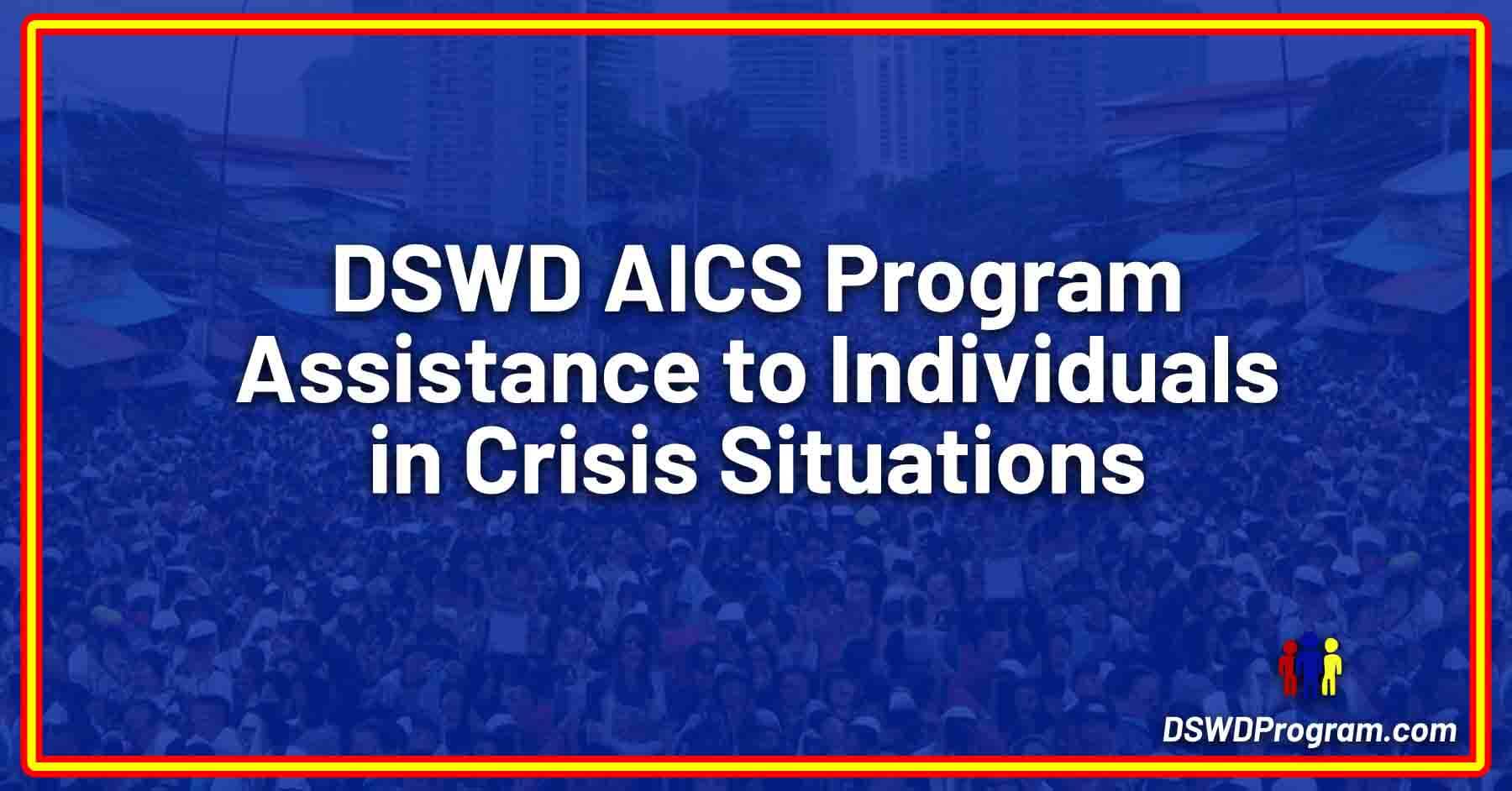Market Volatility: When Professionals Sell, Individuals Buy – A Case Study

Table of Contents
Understanding Market Volatility and its Impact
Defining Market Volatility
Market volatility refers to the rate and extent of price fluctuations in financial markets. It's a measure of uncertainty and risk, reflecting the unpredictable nature of asset prices. Several factors contribute to market volatility, including:
- Economic indicators: Unexpected changes in inflation, interest rates, employment data, and GDP growth can significantly impact market sentiment and trigger price swings.
- Geopolitical events: International conflicts, political instability, and major global events can create uncertainty and lead to increased market volatility.
- Investor sentiment: Collective investor psychology plays a crucial role. Fear, greed, and herd mentality can amplify price movements, leading to periods of high market volatility.
The Psychology of Market Volatility
The emotional responses of investors to market volatility are often irrational. Fear and greed are powerful drivers of decision-making, leading to poor investment choices.
- Fear-driven selling: During market downturns, fear can cause investors to panic sell, often at the worst possible time, locking in losses.
- Greed-driven buying: Conversely, during market rallies, greed can lead investors to chase hot stocks, ignoring fundamental analysis and potentially overpaying.
Cognitive biases further exacerbate these emotional responses:
- Confirmation bias: Investors may selectively seek information confirming their existing beliefs, ignoring contradictory evidence.
- Herd mentality: The tendency to follow the crowd, regardless of individual analysis, can lead to amplified market swings and increased risk.
Identifying Volatility Indicators
Professional investors utilize various indicators to assess and predict market volatility:
- VIX index (Volatility Index): Often called the "fear gauge," the VIX reflects market expectations of near-term volatility. A higher VIX suggests greater anticipated volatility.
- Beta: This measures a stock's volatility relative to the overall market. A beta greater than 1 indicates higher volatility than the market.
- Standard deviation: This statistical measure quantifies the dispersion of returns around the average, providing a gauge of price fluctuation.
Professional vs. Individual Investor Behavior During Volatility
Institutional Investor Strategies
Professional investors, such as hedge funds and mutual funds, employ sophisticated strategies to manage market volatility:
- Hedging: Using financial instruments like options and futures to mitigate risk and protect against potential losses.
- Risk diversification: Spreading investments across different asset classes and geographies to reduce exposure to any single risk factor.
- Position adjustments: Actively adjusting their portfolios based on changing market conditions and volatility indicators. They may reduce risk exposure during periods of high market volatility.
They often employ a strategy called "selling the news," meaning they profit from anticipated market reactions to news events.
Individual Investor Reactions
Individual investors often exhibit contrasting behaviors:
- Panic selling: Driven by fear, they sell assets during market downturns, often exacerbating the decline.
- Chasing hot stocks: They jump on popular trends without proper due diligence, leading to potential losses when the trend reverses.
- Emotional decision-making: Their decisions are often driven by emotions rather than rational analysis, leading to impulsive actions.
Media narratives and social media significantly influence individual investor behavior, sometimes leading to herd mentality and irrational investment decisions.
Case Study: A Specific Example of Market Volatility and Investor Behavior
Choosing the Case Study
We will analyze the market volatility experienced during the COVID-19 pandemic in early 2020. This period saw a sharp and sudden market downturn followed by a rapid recovery, providing a clear illustration of investor behavior under extreme pressure.
Analyzing Professional Actions
Institutional investors responded to the initial COVID-19 market crash by significantly reducing their equity exposure. They used hedging strategies and shifted towards safer assets like government bonds. Data showed a significant decrease in trading volume among institutional investors in the initial weeks of the crisis, indicating a move towards caution.
Analyzing Individual Investor Actions
In contrast, many individual investors reacted with panic selling, driving down prices further. Others, fueled by fear of missing out (FOMO), bought into the dip, sometimes at inflated prices. Social media played a significant role, amplifying both fear and speculative trading activity. Data from online brokerage platforms revealed a surge in retail trading activity despite the heightened risk.
Drawing Conclusions from the Case Study
The COVID-19 case study highlights a stark contrast: professionals employed cautious, measured responses while individuals were often driven by emotion. This difference in behavior underscores the importance of a well-defined investment strategy and rational decision-making during times of market volatility.
Mitigating Risks and Capitalizing on Opportunities in Volatile Markets
Strategies for Individual Investors
To navigate market volatility more effectively, individual investors should consider:
- Long-term investment strategies: Focusing on long-term goals rather than short-term fluctuations.
- Diversification: Spreading investments across different asset classes to reduce overall portfolio risk.
- Risk tolerance assessment: Understanding your risk tolerance and aligning your investment strategy accordingly.
Seeking Professional Advice
Seeking guidance from a qualified financial advisor is crucial. Professionals can help you develop a tailored investment strategy that aligns with your risk profile and financial objectives. They can help you understand and manage the challenges presented by market volatility.
Conclusion
This article examined the contrasting responses of professional and individual investors to market volatility, using the COVID-19 market crash as a case study. We observed that professionals typically employ measured, data-driven strategies, while individuals are often swayed by emotions and herd mentality. Understanding these differences is critical. The key takeaway is that a long-term perspective, diversification, and professional guidance are essential for mitigating risks and potentially capitalizing on opportunities presented by market volatility in the market. By learning from the experiences of others and implementing sound strategies, you can manage market volatility more effectively and achieve your financial goals. Don't let fear dictate your investment decisions; instead, approach volatility in the market with a well-informed and strategic plan.

Featured Posts
-
 Minnesota Twins Secure 6 3 Win Against New York Mets
Apr 28, 2025
Minnesota Twins Secure 6 3 Win Against New York Mets
Apr 28, 2025 -
 Navigating The Transition Challenges For Federal Workers Seeking State Local Jobs
Apr 28, 2025
Navigating The Transition Challenges For Federal Workers Seeking State Local Jobs
Apr 28, 2025 -
 Max Frieds Yankees Debut 12 3 Win Over Pirates Fueled By Strong Offense
Apr 28, 2025
Max Frieds Yankees Debut 12 3 Win Over Pirates Fueled By Strong Offense
Apr 28, 2025 -
 Perplexity Ceo On The Ai Browser War Taking On Google
Apr 28, 2025
Perplexity Ceo On The Ai Browser War Taking On Google
Apr 28, 2025 -
 Wallace Vs The Nascar Cookie Cutter An Unfiltered Opinion
Apr 28, 2025
Wallace Vs The Nascar Cookie Cutter An Unfiltered Opinion
Apr 28, 2025
